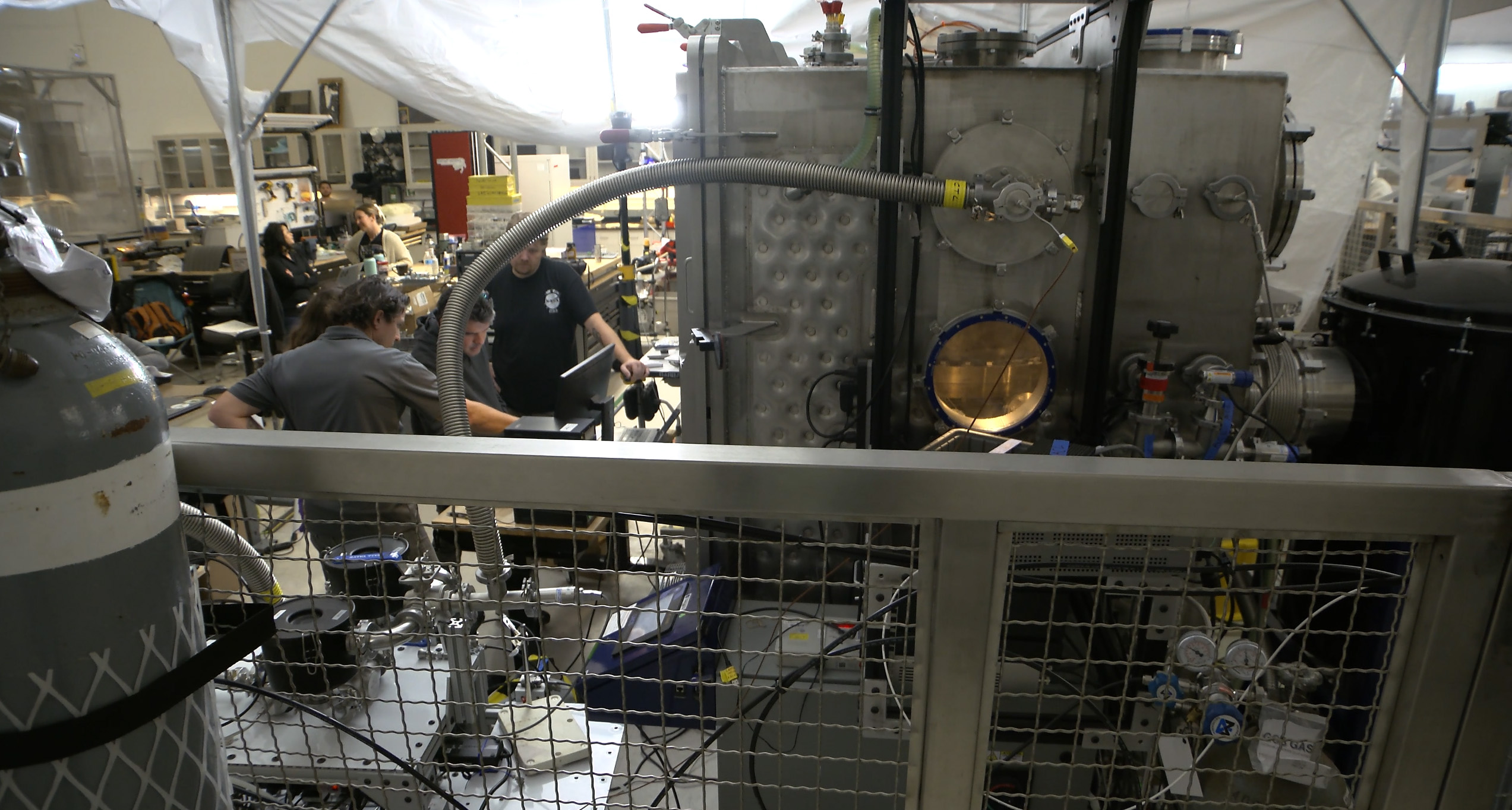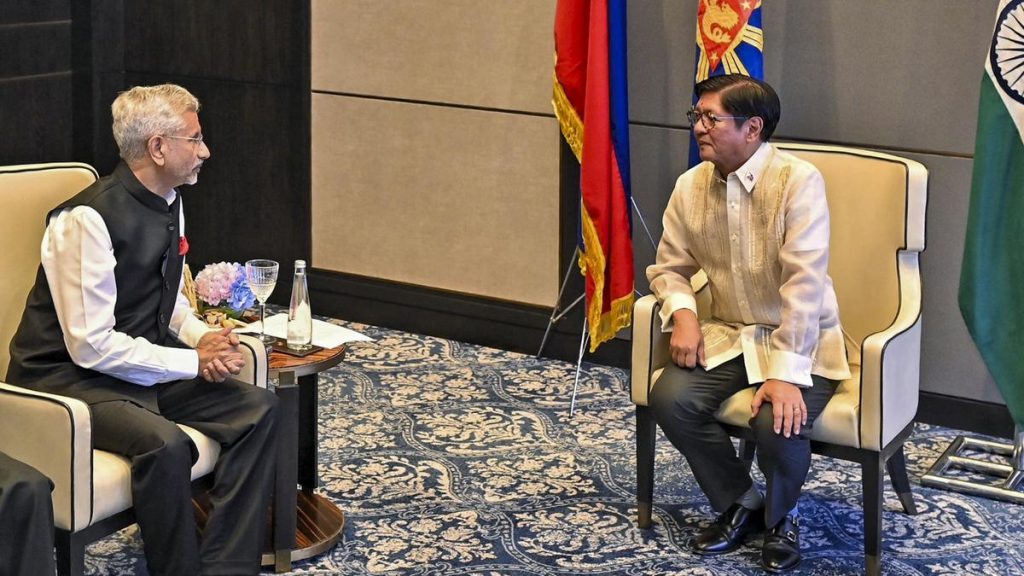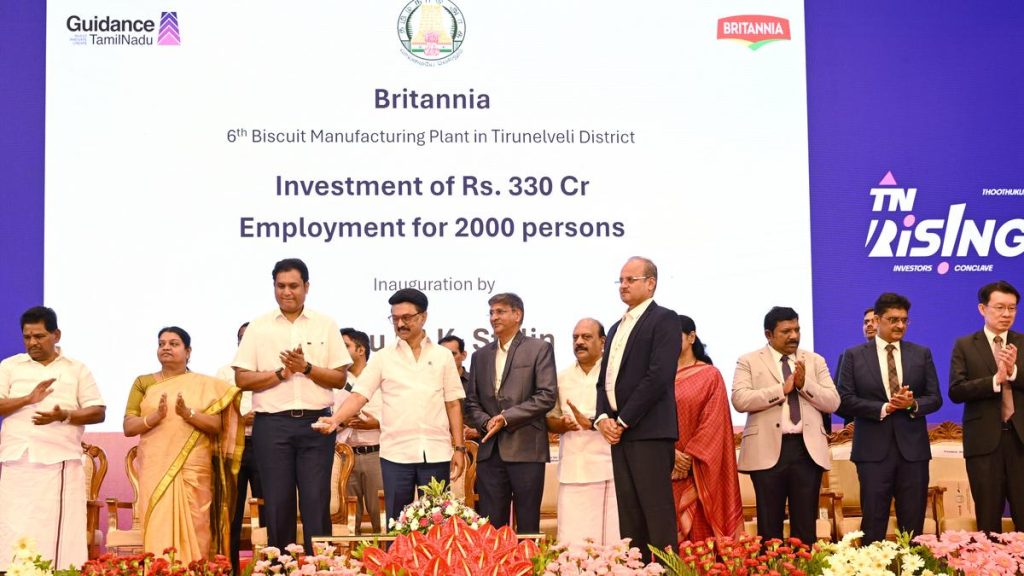Now Reading: NASA Kennedy Advances Moon Soil Testing Innovations
-
01
NASA Kennedy Advances Moon Soil Testing Innovations
NASA Kennedy Advances Moon Soil Testing Innovations

Fast Summary
- NASA researchers at Kennedy Space Center successfully extracted oxygen at a commercial scale from simulated lunar soil, marking a significant milestone toward utilizing Moon resources.
- The process used molten regolith electrolysis in collaboration with Lunar Resources Inc. (LUNAR), employing thier LR-1 reactor and NASA’s vacuum chamber to produce molecular oxygen and metals.
- During testing, 55 pounds (25 kg) of simulated regolith were heated to 3100°F (1700°C) in a vacuum to mimic lunar conditions; electric current separated oxygen gas from the metal components of the soil.
- Extracted oxygen has potential use for breathing, propellant fuel for lunar landers, and infrastructure advancement on the Moon through In-Situ Resource Utilization (ISRU).
- future iterations may deliver similar reactors on missions to the Moon or Mars; autonomous rovers could gather real regolith for extraction processes in situ.
- The breakthrough also contributes to reducing re-supply needs from Earth and enabling cost-effective space exploration efforts beyond low Earth orbit.
- Post-test data will refine reactor designs for specific planetary environments such as those found on Mars.
Indian Opinion Analysis
India’s space ambitions are closely tied to global advancements like these. NASA’s breakthrough underscores how resource utilization directly on celestial bodies-such as extracting vital materials like oxygen-can significantly reduce exploration mission costs while enabling sustained presence beyond Earth. Considering its own focus on lunar exploration through Chandrayaan missions, India could benefit strategically from studying such technologies collaboratively over time.
This innovation adds momentum globally toward realizing long-term goals of establishing human bases off-earth; it also signals growth in technological partnerships between governmental organizations and private enterprises such as Lunar Resources Inc. For India-still scaling ISRO’s capabilities-it may trigger crucial discussions about integrating industrial coalitions into its exploratory frameworks.
The implications further extend into leveraging untapped potentials across domains like material science which align well with India’s growing scientific expertise aiming similarly!

























